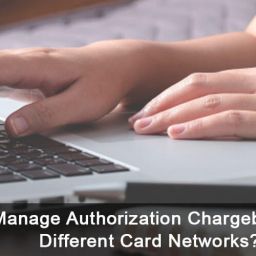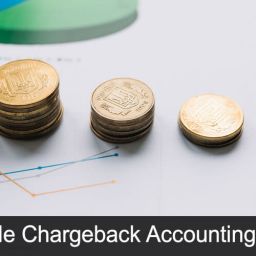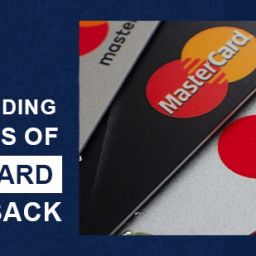
Holidays are the most favorite of every merchant. It is the time when the maximum sale is done, let it be Thanksgiving or New Year or Christmas; holidays come with an opportunity of maximizing sales and increase revenue. But after every sunny day comes a dark night. Once this holiday period is settled, merchant faces new challenges and one of them is chargebacks. It is better to opt for chargeback alerts and chargeback prevention services to have control over chargebacks and if possible stop them at an initial stage. But no matter what tools you use to prevent chargebacks, the hard reality is the chargebacks will occur. The holiday season is the peak sale season and therefore requires the merchant to concentrate on two things:
1. Increasing Chargeback Rate
Post-holiday, there is an increase in chargeback rate than usual due to the heavy sale during holidays. People like to order gifts for relatives and loved ones during this time. Merchants, on the other, like to make most out of this period but along come the consequences. The chargeback rate might increase by 30% to 50% during this period and there is chargeback time limit within which merchant has to respond. Fail to do so; merchant may lose money as well as the product.
2. Respond to the Increased Number of Chargebacks
As the rate of chargeback increases post-holiday season, the merchant needs to be mentally prepared to fight against the chargeback frauds. This is a very stressful time for merchants but if you have a good team that is capable of handling chargebacks with updated tools and chargeback services to prevent and fight chargebacks, half the battle is won.
![]()
Email us anytime!
Email customer service 24/7
![]()
Call us anytime!
Reach customer care 24/7 at +1 (888) 901-8653
Below are few tips to fight chargebacks and increase win rate.
-
1. Create a good chargeback respond process: There are different categories of chargeback like fraudulent, subscription canceled, product not received etc. It is important for merchants to create a high-level process for each of these categories. This process should include steps that give structure to chargeback response and these are:
- Response to chargebacks
- Data required as evidence
- Type of Response
- What and when an analyst should respond
- Understanding when to respond and accept chargebacks
- Basic guidelines to complete each response
- Order and payment detail
- Customer behavior data
- Customer communication method
- Shipping and delivery details
- Company cancellation and refund policies
- Accept chargeback if critical data is missing
- Accept if the cost of chargeback is less than that of the dispute
- Analyze win rate per card issuer
This may save a lot of time and increase the rate of winning chargebacks. By creating a high-level process, it eases the task and lifts half of the burden from the merchant’s shoulder. It helps in making decisions and resolving queries like:
2. Create a checklist for each category: It is a good practice to create a checklist of chargebacks category wise. To simplify and ease the work of an analyst, create a process that specifies when and how data can be obtained. Below is the list of major data categories that should be considered:
3.Understand when to accept chargebacks:
Lesser the time required to make a decision, the better are the chances to fight chargebacks. There are three thumb rules that help in decision making, these are:
4. Chargeback templates: It is important to create a basic skeleton for each chargeback type that states the following:





